Mount Everest is situated in the Himalayas. It is the world's tallest peak, standing at an elevation of 8848.86 meters, and is located between Nepal and Tibet's autonomous areas. The region where it exists lies at 27°59′ N 86°56′ E and is on the crest of the Great Himalayas.
It is known by a variety of names in different languages. Some of its names are given below;
-
Peak 15 - The first name of Everest before it was known to be the highest peak is Peak 15.
-
Mount Everest - Named after the British surveyor-general of India George Everest, who first measured the height of Everest.
-
Sagarmatha - Nepali Name of the Everest meaning the forehead (or Goddess) of the sky.
-
Chomolungma - It is the Tibetan name meaning, Mother Goddess of the Universe.
-
Deudhunga - It is the traditional Nepali name meaning the rock of the goddess.
-
Third pole - Being the highest point on the earth it is also considered to be the third pole.
It has been the most popular target for thrill-seekers and adrenaline junkies. It has attracted visitors for many years as a major tourist attraction. Everest is a once-in-a-lifetime experience that has been in high demand since its first trip. The south face of Mount Everest is located on the Mahalangur Himalayan Range. We've all heard that Mount Everest is in South Asia's lovely nation of Nepal. It is located in Solukhumbu, a beautiful district of Nepal.
Many gadgets have been developed since then, making climbing missions both easier and safer. The distinct characteristics of Mount Everest include yawning gorges, steep rock walls, deep powder snow, and meandering blocks of ice.
Because of the movements of the tectonic plates, determining the heights of Mount Everest is difficult. Since the devastating quake struck Nepal in 2015, China and Nepal have confirmed that Mt. Everest has been scaled and its current height is 8848.86 meters.
The southeast route is from Nepal, and the next path is from Tibet. The Mount Everest expedition uses the traditional route from the Nepal side of the Himalayas. Even though climbing Mount Everest has required a great deal of bravery, it remains a difficult endeavour.
With mountaineers from all over the world flocking to Mount Everest, demand for permits has grown dramatically. With this in mind, the Chinese government restricts who can and cannot climb the mountain—permitting costs to range from 10,000 yuan to a hundred thousand yuan (approximately $1,500-$15,000).
A successful Everest expedition necessitates a significant deal of expertise. Many people are enthused, but due to impatience, they abandon in the middle of their journey.
So if you want to complete your bucket list, keep reading because I'll tell you all there is to know about Mt. Everest.
Geographical Look of Mount Everest
Mount Everest's ascent to the top of the world took millions of years. It began with the movement of tectonic plates on great marines of land.
Following the collision of two plates between forty to fifty million years ago, the Indian Australian Plate moved northward from the south and was subducted under the Eurasian plate.
The Indian plate continued to move north and slipped beneath the Eurasian Plate, causing the edge to buckle and rise. The strip occurs at 25000 and 27500 feet above sea level on Mount Everest and surrounding locations. It is known as the yellow band by geologists and researchers.
The Indian plate still pushes the Eurasian plate, adding to its height. Despite being the planet's highest peak, it rises every year as a result of this. Every year, it grows a few millimetres in length.
The peak of Mount Everest is shaped like a pyramid with three sides or facades. The summit of Nepal and Tibet runs right through the top. On the Tibetan side, the north face and the east face are found, whereas, on the Nepalese side, only the southwest face exists.
The summit itself is highly sought-after. The platform, which is made up of hard-packed snow and ice and offers stunning views from the top of the world, is a popular destination.
The Himalayas are strewn with massive ice glaciers or frozen rivers. The glaciers move at a sluggish pace, comparable to that of the rivers. Glaciers are Asia's most important water source, providing water to 1.3 billion people in Nepal, Bhutan, China, and India.

Glaciers covering the whole area its presence in different directions can be known by different names. Kangshung Glacier is on the east side of Everest and feeds on the Karna river.
Rongbuk Glacier is the major glacier on Everest's North Side. Both the Karna river and Rongbuk river eventually join to form the Arun River which passes throughout the country.
Pumori glacier to the northwest side and Khumbu glacier to the west and south of Everest. It is one of the major glaciers, Mount Everest. It skids down the mountainside 4ft a day.
The Dudh Koshi river is located in the central part of Nepal, and its headwaters are on Mount Everest. Because of melting water from the Khumbu glacier, meltwater from the Mt. Everest peak flows into Nepal's Dudhkoshi River. The Dudh Koshi River Valley is where most travelers head to Mt. Everest travels through.
To the south, the Western cwm is located over 6,000 meters above sea level. This is a broad, bowl-shaped valley carved out by Khumbu Glacier. It resembles a big stadium encircled by three mountain peaks: Nuptse, Lhotse, and Everest.
The snow bridge is formed by the snowfall. Because of the reflection from all sides of the sun, in western cwm temperatures are quite high. Dark glasses must be worn by climbers on their expedition.
There is a saddle-like formation of jagged terrain. These locations are at considerably higher elevations, resulting in greater heat stress.
A survey was organized by the National Geographic Society in 1999. This international team installed a global positioning system (GPS) unit on the highest rock beneath the ice and snow, using an outside worldwide organization for assistance. They arrived at a height of 29055 ft. after utilizing other satellite-based information.
Vegetation of Everest
The highest mountain in the world, Mount Everest has a stunning landscape with difficult terrain and dramatic glaciers. Many uncommon species call it home.
It is the highest point on the planet and the environment is extremely chilly. The flora includes an alpine ecosystem and biodiversity. The primary aspect of Everest is a pair of semi-humid mountain forest systems on the southern half of the Himalayas. The plateau is a steppe system with arid bush on the northern side.
On the Nepalese side of Everest, Sagarmatha National Park is accessible, which has been designated as a World Heritage Site by UNESCO. A forest in composition incorporates three vegetation belts, as well as a collection of forests.

This historic area features oak, pine, and azalea at lower elevations with rhododendron in the spring. The upper region is made up of moss, lichen, and alpine plants that extend as far as the glacier zone.
This is also the home of several endangered species and new endemic species that live in the ecological system. Snow leopards, red pandas, and Tibetan bears are all present.
Because the amount of oxygen decreases with greater elevation, animals living here are adapted to living with less oxygen in chilly weather. Their bodies are covered in a thick covering all around with shortened limbs, for example. They hibernate during the colder months to defend themselves from the elements.
At the top of the mountain, everything is not in order. Hundreds of climbers have littered and abandoned their trash in a shameful display of carelessness.
The meadow's deterioration has been exacerbated by carelessness and overgrazing by sheep, as well as mountaineers' disregard for the ecosystem.
Climbers have left behind supplies and equipment on the slopes, including oxygen cylinders.
The mountains have been plagued with climbers' trash for years. The remains of climbers, which include tents, cans, crampons, and human waste, remain in the hills. The majority of them have been recycled, but the remains of more than 200 climbers have gone unrecovered because they cannot be found.
This was caused by people and organizations on the ground. Local individuals and other groups are addressing these issues.
Ascending the Everest
Everest has been on the bucket list of numerous climbers and explorers for many years. Everest's first successful excursion was when it took just a single peak for more than a decade.
On Mount Everest, there is a 14.1 percent fatality rate. There's a one-in-ten chance you'll perish on the journey to Mount Everest. Climbing is a difficult task in an autonomous region.
Thousands of individuals have already started the climb. People, on the other hand, have not fared well owing to self-centred, irresponsible, and reckless decision-makers. Those who have fought their way through the entire road and reached the top, however, get to enjoy the ultimate celebration on top.

The south route and the north approach are the two primary paths to Mount Everest. Although there are many alternative routes to Mount Everest, the most popular is the South Col and North Col. The south route and north path are both different, but neither is easy. The northern or regular route is taken via the southern col, which begins on the Nepalese side.
On southern col, climbers must traverse the Khumbu Icefall on their way to Mount Everest. In the case of an emergency descent, mountaineers will only have to go a shorter distance through the Khumbu Icefall on northern col. A vehicle may be driven up to base camp on northern col. To reach the top, climbers must travel more kilometres than 27000 feet.
The expedition is not recommended in the summer or fall, even though seasons are not equally distant throughout the year.
In July, the warmest day is around negative nineteen degrees Celsius. The coldest temperature is about negative thirty-six degrees Celsius, which may fall as low as negative seventy-six degrees Celsius.
The northern region is known for harsh winters. Temperatures may drop unexpectedly, and storms can come out of nowhere. The jet stream, which extends over a wide area and reaches speeds of 160 kilometers per hour, is violently sustained by winds blowing at that speed. During the middle of May, precipitation may be seen to fall.
The northern part of Mount Everest has been tried before. People attempted to climb the mountain beginning in 1924, but we don't know if they succeeded.
In 1921, George Mallory and Guy Mullock attempted to climb Mount Everest from the north with little gear. They attempted again in 1922 and 1924, but this time they were from the northern side without adequate resources.
Finally, in 1952, a Swiss Mount Everest expedition by Edouard Wyss Dunant was authorized to resume its journey from the south. But even that endeavour failed.
On May 29, 1953, Edmund Hillary and Tenzing Norgay successfully climbed Mount Everest with the proper gear. Many climbers had pursued their ambition. In 2009 and 2014 A.D., two peaks were named in memory of them.
Descending the Everest
Since its first ascent, more than 6000 people have attempted to climb Mount Everest, and the number is on the rise owing to the increased use of all sorts of equipment and technology.
Since the 1990s, Everest has become increasingly popular among Westerners, who have organized many commercial trips around the mountain. However, owing to significant earthquakes in 2015, climbers have been deterred from climbing Mount Everest. However, people are presently coming in droves.
Ascending might have been completed but descending is much tougher than you might know. There have been various reasons why climbers might die on the way. More than 29 deaths have been reported in descending mount Everest from 1997 to 2010 due to frostbite, exposure, and other medical problems.
Medical problems might be the primary problem but exhaustion and falling downwards can be a secondary problem while descending the mountain. Disappearance in the snow as well as falling in the crevasses have also caused the death toll to be higher.
Many catastrophic conditions have resulted in an increasing death toll but people might also get panicked or stressed due to when death has occurred.
South col is considered to be a death zone so staying in a death zone can automatically be dangerous whether you are ascending or descending.

People are trying hard and preparing themselves for Mount Everest ascending. But there is a lot of preparation to be made before climbing the path towards the preparation of the Everest expedition.
Despite the exhaustion and running out of oxygen there has been a case where people were determined to climb Everest resulting in a successful expedition.
Dangers of Mount Everest expedition
Everest despite being the most dangerous summit in the world but its popularity has been increasing rapidly.
In the present year, 300 climbing permits have been issued by the government of Nepal. 10 people have already died this year still its craze has been increased by kilometers Everest is about challenge and thrill mixed with a rush of adrenaline which is once a lifetime experience.
Being in the death zone itself increases the rate of death. But still, you have to face a lot of extreme challenges in order to keep playing survival games.
Since its first expedition, climbing has changed drastically. There are a variety of reasons that are responsible for the death rate increment of people trying to climb Mount Everest;
Avalanches
Standing as the world’s tallest peak there is the presence of extreme temperature conditions and geographical difficulty. It is no surprise of the various climatic catastrophic conditions.
Avalanche is a term that most people are unfamiliar with. Avalanche refers to the fast descent of snow from a mountain. Avalanches can happen at any time of year and in any place. But its window period is found to be December to April. Avalanche just requires a mass of snow and a slope.
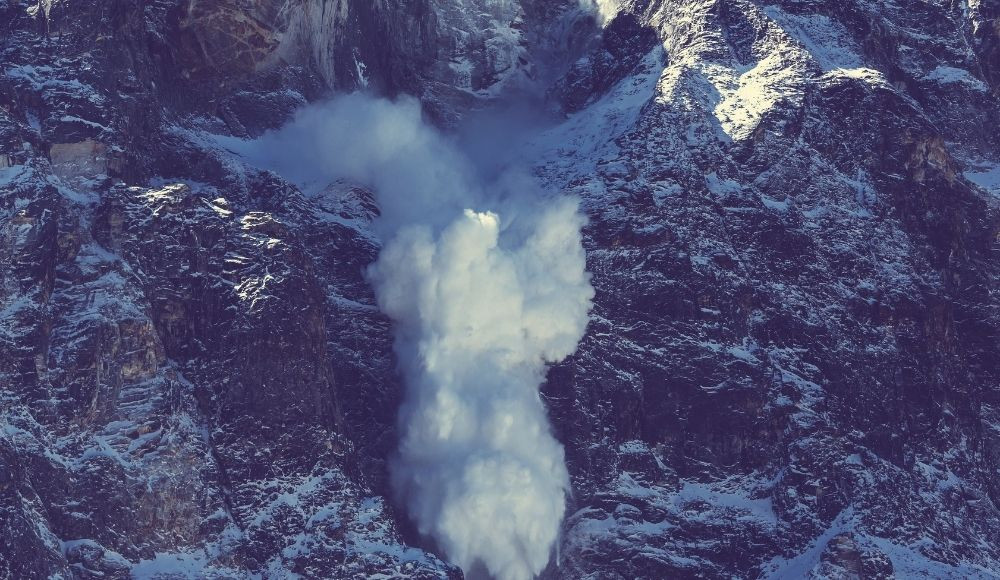
When the temperature remains low, snow sticks to the surface, and when the temperature rises somewhat, the mass of snow slips off the slope, causing it to swiftly descend.
There are various types of avalanches but in mountains most common is a snow avalanche. Snow avalanches may vary from small displacing slabs to large enormous slabs. The speed of an avalanche may reach from 120 to 130 kilometers per hour destroying everything in its way.
Everest and surrounding peaks are resident to avalanches. In 2015, an avalanche on Everest claimed the lives of more than 22 people. Avalanche has not struck Everest since then, but natural disasters do not strike without warning.
One of the most common threats on Everest is an avalanche. Nepalese officials and sherpas have raised alarm about the heightened avalanche risk this year. Climbers must adhere to the established routes under the supervision of guides and specialists.
Inexperienced climbers
Mountaineers and trekkers wait for many years to fulfill their dream of exploring Everest. They gain a lot of experience from other similar peaks which leads to their ultimate destination of Everest.
Professional guides are sherpas will be all along the path of your exploration but people nowadays underestimate Everest. Climbing Everest is no joke. People take at least a year and a half just to make their bodies suitable for the mountains.
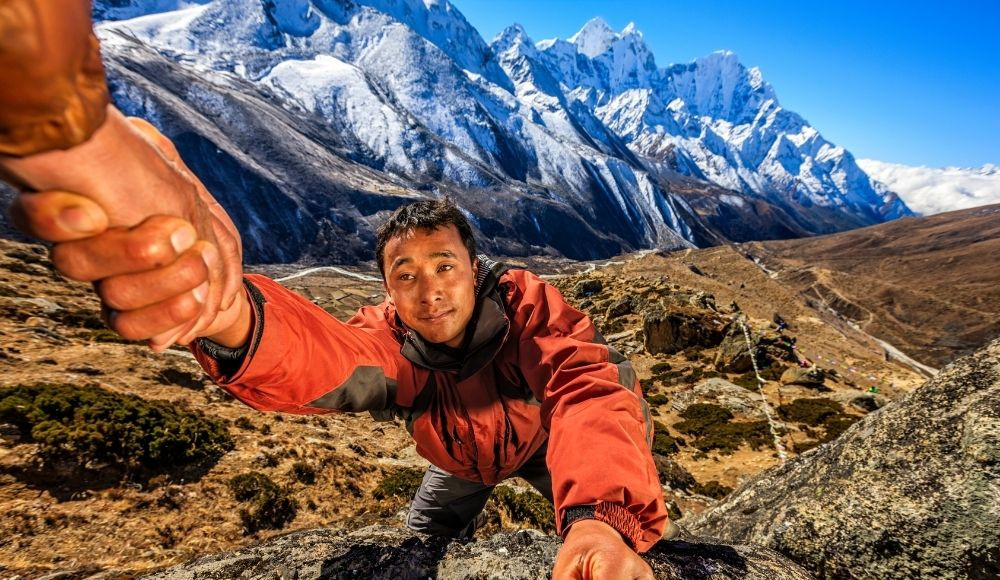
People just getting enraged by the Everest view join the expedition team but lack the knowledge of climbing. Even if they climb successfully they face a lot of problems making their lifetime memories a nightmare for them.
People just wanna explore mountains and they enter into the shared logistic with the independent climb. But people might forget the meaning of independence. Nepal's government should make some criteria regarding the Mount Everest expedition.
Altitude Sickness
Getting oxygen above 8000ft more than sea level is not the thing you expect. Oxygen level gets thinner as height rises. Your physical factors do not affect your body to get altitude sickness.
Altitude sickness can be known as a lack of oxygen in our body. This condition can be known as Acute Mountain Sickness(AMS) and can be a medical emergency if ignored.
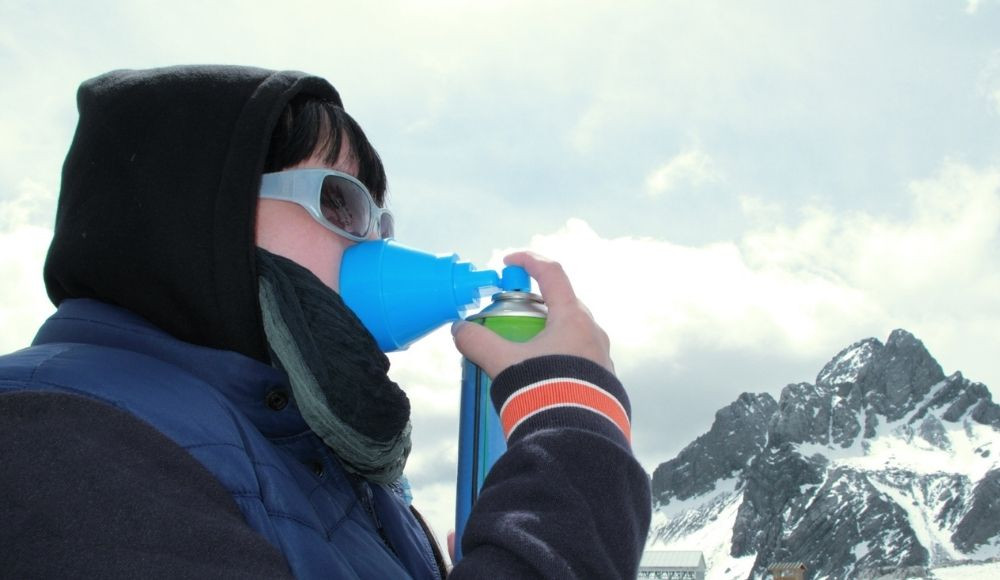
Altitude sickness begins from 8000ft but it becomes worse from 10000ft level. Symptoms might vary from headache, dizziness, laziness, loss of appetite, nausea, and increase in heart rate leading to High Altitude Pulmonary Edema (HAPE). High Altitude Cerebral Edema (HACE) might be caused after AMS progresses.
The body tries to adapt oxygen present in lower amounts by increasing the depth of breathing. But people nowadays acclimatize according to their situation which has made it much easier for their pathway towards the peak. This might not be the main cause of death as there is a presence of medical help in the base camp. But you must be prepared for the worst condition.
Increasing Crowd for the expedition and Bad Management
For more than decades mountaineers have been dreaming about the expedition to Mount Everest. Since its successful expedition, not only mountaineers but other people are also interested in exploring the highest point of earth.
Since its successful expedition, mountaineers have been going crazy over Everest. Mountaineers are doing everything to complete their bucket lists. More than 6000 people have climbed Mount Everest and the list of people is increasing.
In the present year after the covid era, more than 300 people have already been permitted for the Mount Everest expedition. According to BBC news on the single day of 23rd May around 250 climbers had to wait before ascending and descending the summit.
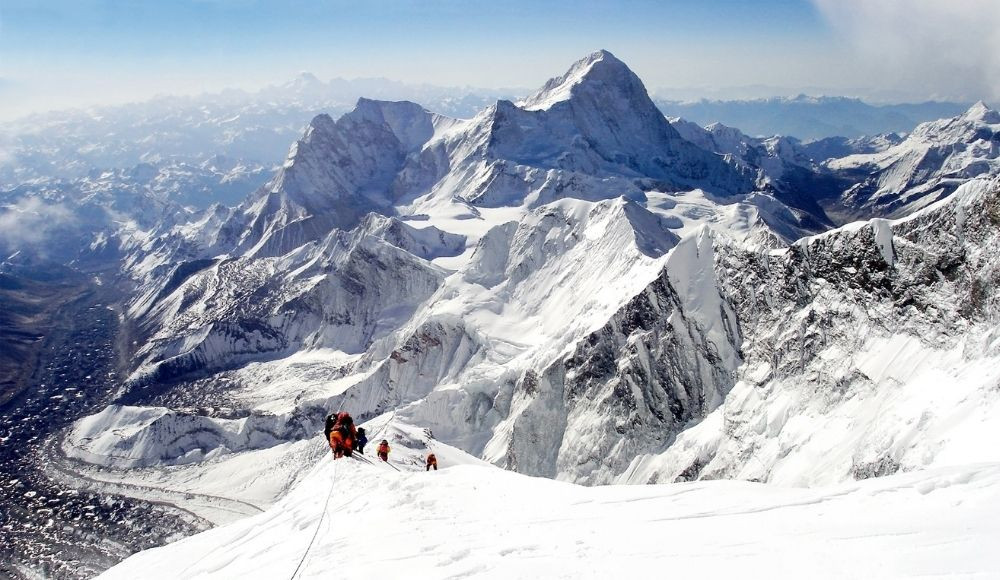
Nepal's government, on the other hand, has not taken the issue seriously. The growing number of individuals is influenced by the increasing window duration. Climbers are unable to reach higher altitudes due to the presence of jet streams in the mountains. Traffic numbers have risen along the route, posing a variety of issues.
But it is not just about traffic jams to be considered but waiting a long time can increase the suffering of a climber. Sometimes forcing them to return on a particular day without summiting Everest.
Climbing and reaching Everest takes around 60 days if the condition is ideal so facing the traffic leads to wasting of oxygen, exposure, and various climatic conditions too.
Medical Condition
So Everest might not be what we expect? There might be various reasons for people losing their lives in the snow. But medical conditions might be the major cause leading to their death.
The harsh climatic conditions and geographical difficulty might lead you to various medical conditions. Lack of oxygen causing altitude sickness might be common on Everest.
However, breathing at a fast rate can also cause your ribs to fracture as a result of high altitude cough. High-altitude pulmonary Edema and high-altitude cerebral Edema, which lead to overhydration and pressure in your heart and lungs, are common among climbers.
The symptoms might be from extreme fatigue, shallow breathing to dizziness. But lack of oxygen which is also known as hypoxia can lead to killing the ability to make decisions.
Exposure to the cold temperature may lead to frostbite as well. Many people get frostbite due to various reasons. But symptoms of frostbite numbness and clumsiness might appear normal but it might lead to serious injury or falling off your fingers.
Not only that but people are traumatized during the Everest expedition, which could be deadly. In high-altitude conditions, skin problems were discovered as well.
The mountainous region is one of the most hazardous places to live in. It's also a place that exposes you to a lot of hazards, such as weather and natural disasters. There are numerous issues that might not be medical conditions but are associated with being in a death zone.
The small and missed window of opportunity
Many expeditors gather at the base camp at the beginning of May. The best season might be April to June but you will get a very small window period in the middle of May.
Though Everest can be explored from the north side, the Chinese government issues fewer permits. So the Everest expedition has to be considered within that window period.
The temperature on Everest may be different as some may have the coldest temperature whereas some might have higher temperatures. So even in ideal conditions, get ready for bad weather conditions.
There have been Blue Sky Deaths lately, which implies people desire to climb Mount Everest when the sky is azure. However, there is a very short period in which this can happen. Climbing may be postponed due to extreme weather conditions.
The excitement of Expedition
Everest is almost universally recognized as a death zone, having claimed the lives of numerous individuals throughout its exploration. You might be wondering if all the dangers and dates provided by various sources are correct after reviewing everything. Everest is frightening, but that isn't true.
Mountaineers are required to expose themselves to the most extreme conditions. Everest, having records of accidents on a regular basis, still attracts people because of the heroic and proud movement of its exploration. People are fascinated by these sites and come to show the heroic and brave section.
Since its first-ever expedition, the fever of Everest has been increasing and thanks to new equipped technology people‘s fight to explore Everest has been easier. The routes regarding Everest seem remote but today Khumbu region might not seem so difficult.
Since 1965 a number of trekkers along with their guides and porters have been ranging over Everest. Epic adventures might be an issue for trekkers but they are preserved for mountain climbers.
Climbing Everest has its own rewards. Those breathtaking views, and mesmerizing fresh air, in other words, it is both physical and mental renewal. People get frustrated with all the pressures in their life. This might be the place to go far away from your problems.
The friendliest people with all the good hospitality have attracted a large number of tourists travelling to Everest. Even being in a remote area you will encounter well-maintained cafes and foods for your betterment.
The four primary advantages of Everest are physical and mental wellness, as well as social distinction. Despite all of the data and statistics, people are still enthralled by Everest, which has helped to boost the number of climbers in recent years.
The key point is that we must not overlook other problems while preparing for an Everest climb. The physiological impact might deter climbers, but climbing Everest is a lifetime experience with a treasure trove of memories. So if you're thinking of doing an Everest trek, go ahead and do it.
Related Article: Interesting Facts about Mount Everest
The winter expedition
The Everest expedition itself requires a lot of strategies and planning. The Winter expedition might be the tip of the iceberg as winter might not be considered a favourable temperature for climbing Everest.
The best season to climb Everest is between April and July. Another season might have given you a chance for the expedition but climbers are not suggested to travel Everest for safety purposes.
Climbing Everest in winter is a very different proposition than attempts made during the more favourable spring and fall seasons. The weather is much more extreme, with lower temperatures and higher winds. The days are shorter, which means that climbers have less time to make their ascent. And finally, there is less oxygen available at higher altitudes.
But now climbers are taking Everest to the next level by preparing for the climb in the winter season. During the winter season, experts do not consider surveying Everest as various complications might arise. Winter season means an extreme window period with the increased level of temperature causing problems in thor journey.

Temperature falling to negative 80 degrees Fahrenheit with a high chance of having cough and other medical problems. All of these factors combined make the journey extremely difficult and dangerous. Despite all these challenges climbers still manage to be successful in their trip.
The first-ever winter ascent was made in 1980 on Feb 17 by Andrzej Zawada’s team from Poland. Since the early 2000s, many people have tried surveying Everest in the winter season.
Jost Kobusch, the loneliest mountaineer, had accepted the challenge of fulfilling his journey on Everest in the extreme season of winter. It might be a shock to you but he has completed his journey twice and has gained a lot of mountaineering experience.
He explained how the situation had been so thrilling and challenging. But despite being alone in the journey he was determined to complete it.
He might not be the only person to have set this journey with so many challenges. As of now, 12 people have completed this trip in the winter season through the south col part. A total number of 36 people have already died during this extreme journey.
Despite the challenges, climbers continue their journey with the challenge of summiting Everest in the winter season. People might think of this as a matter of proving their bravery and duties as mountaineers. For other people, it is an exam of test and endurance. Whatever the reason, winter expeditions might increase in the upcoming future.
Climbing Mt Everest without oxygen
Oxygen plays a vital role in our life. But it becomes very essential while exploring every aspect of mountains. If we go higher than 8000ft the layer of oxygen gets thinner and we get to suffer from altitude sickness.
Getting oxygen is the priority while touring the beast and people have taken this challenge to the next level. They have plotted a wide range of plans to explore mountains without oxygen cylinders.
Back in the early days of its exploration touring Everest without oxygen seemed to be scientifically impossible. People who even tried exploring the mountain had a hard time as being the tallest mountain so without oxygen might be considered a burning candle from both sides
More than 6000 people have stepped foot on Everest but not more than 200 people have attempted their climb of Mount Everest without oxygen. Everest lies at the highest level above the sea level with the presence of low atmospheric pressure.
The body needs a significant amount of energy, and it should be kept in good condition for the expedition to succeed. Because our bodies will not receive additional oxygen, understanding the state of the mountain region where we will be climbing Everest requires us to put in two times the effort.
Because the air is so much thinner at higher elevations. This implies that our bodies must work considerably harder to acquire enough oxygen. You'll be more susceptible to altitude sickness as well. Headaches, nausea, and tiredness are some of the symptoms.
Reinhold Messner and Peter Habeler were the first to climb Mount Everest without using supplemental oxygen. They do this by climbing as quickly as possible and spending as little time on the peak as possible.
On May 27, 2017, Adrian Ballinger, a California-based mountain guide and Cory Richards, a National Geographic photographer and professional climber, completed the most recent non-oxygen ascent of Mount Everest.
It's crucial to have a realistic view of your own oxygen capacity. Even with oxygen, reaching Mount Everest is a daunting challenge. It's usually not a good idea to attempt it without supplemental air if you're not in excellent physical condition.
Finally, do your homework and prepare ahead of time. Make sure you have the appropriate gear and materials, as well as a clear understanding of the dangers.
Deaths on Mount Everest
Climbing Mount Everest is a decision to be considered carefully. It's a hazardous adventure that necessitates a substantial investment of time, money, and effort. Those who are up for the challenge will discover that the benefits far outweigh the risks.
Climbers' main concern when climbing Mount Everest is not dying, but rather the hazardous nature of the terrain and other hazards they may encounter. They must also contend with avalanches, extreme weather, and altitude sickness. While reaching the top of Mount Everest may be rewarding, Climbers confront a variety of dangers on the world's tallest peak in addition to avalanches, falls, and exposure.
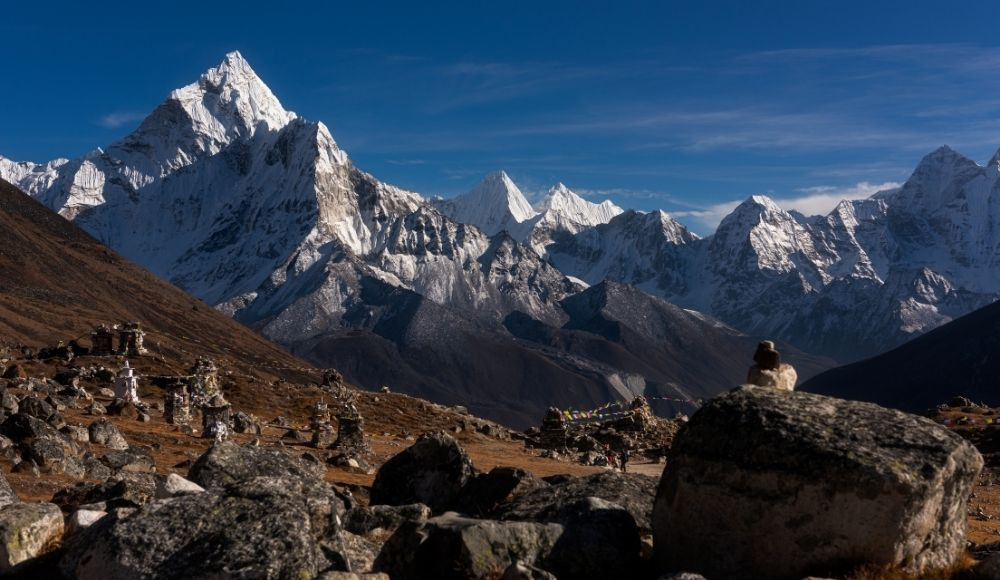
Climbers begin to experience altitude sickness at around 28000 feet, which can produce a variety of symptoms. If it isn't treated, HAPE and HACE, which are serious high-altitude pulmonary and cerebral edema, can develop.
The summit of Mount Everest is surrounded by a glacier that never melts, even in the summer. In addition, it remains bitterly cold throughout the year, dropping as low as -60 degrees Fahrenheit and producing an excruciating windchill. Frostbite is a genuine hazard at these temperatures, and it can occur rapidly. Hypothermia is another hazard, and it can strike even if you are outside for only a few minutes.
Because of the crevasses, Mount Everest climbing is hazardous. Crevasses are fractures in the ice that may be difficult to detect and even more difficult to avoid. These are huge fissures in the ice that may be hidden by snow. They might be 30 feet deep and dangerous to climb out of if you fall into one. Even seasoned climbers have perished after tumbling into crevasses.
Things to consider while climbing Mt Everest
Having settled on the bucket list of many mountaineers and trekkers it's no wonder people just get excited hearing about Everest's journey. To make one way on Everest there are various things to consider but first, we must have the patience and courage to make our journey successful.
From equipment to food many things should be arranged by yourself so consider preparing a strategy to get things ready. Most importantly you will need an oxygen cylinder with 3 litres from five to seven. You will also require a sack for keeping the melting snow and ice. Wet wipes are a must since it is required to cleanse your body. But these might freeze so you must be sure to keep them with you to keep them protected from freezing.
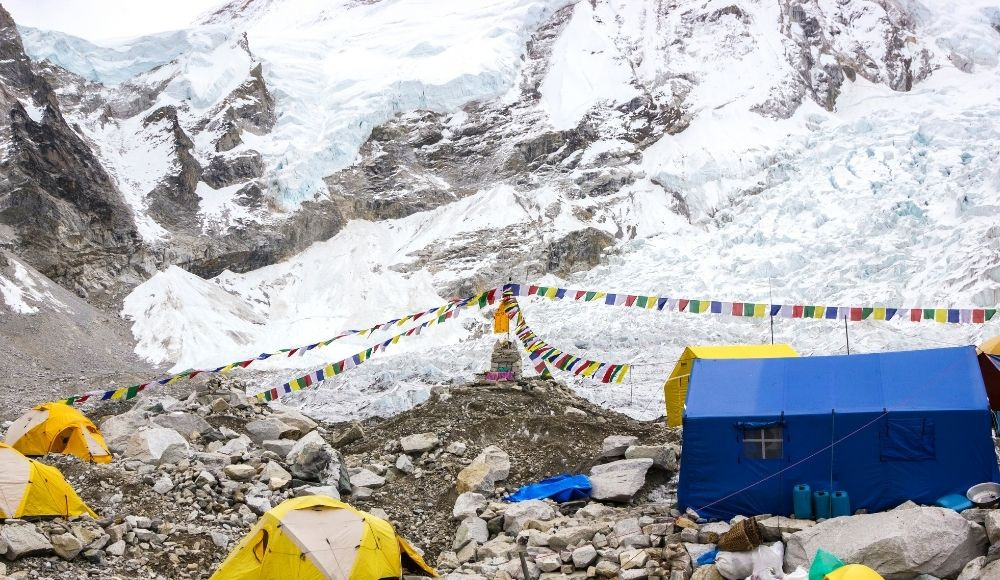
Since being at the highest point you will not find any signal so you are required to take a satellite phone with a two-way radio. It will make it easier for others to contact you. Foot powder is a must since it helps you in healing your acne, corn, and more. But make sure you do not apply this cream to your face since it is too thick to apply to your facial area.
Because we must burn more than 10,000 calories during our excursion, we must store our food and carry it with us. Carrying a boil-in-bag (prepared foods which are heated in boiling water) is advised. The starches in pearled barley are also used to thicken sauces and desserts, as well as certain types of rice and other cereals products. These are kept in perforated polypropylene bags that can resist heat.
You may also bring your favourite sweets, cakes, and a light meal to munch on when you get hungry. You will not have a problem overeating since there are no restrictions. To accomplish your goal, you'll need a lot of energy.
Even if you only eat light meals, remember to bring your cooking equipment and cup. Many climbers prefer to use non-insulated mugs to keep their hands warm.
Climbing equipment should be bought to make your expedition logistically successful. Ice axe, harness, and rope are musts. Jumar is also required to attach to your harness and fix the rope. It functions to move forward and not backwards making it a great safety material in the mountain.
Other items to bring are a headlamp, carabiniers, alpine climbing harness, ski poles, altimeter, and crampons. In addition to your safety glasses, you'll also need a good pair of eyes for extreme weather conditions.
Clothes are also required in variety. As your priority, you have to get a pair of boots which is frostproof and the boots must be of plastic. Two pairs of thermals change at night during your sleep. Six to seven pairs of socks for the whole trip. But you will have only two pairs during your mountain journey. One will be for your daytime while you will walk and climb and another pair will be for you to sleep in at night.
Tight trousers and tops are your first layer of clothing. To be worn the next day, your first protective layer must be dried. The second layer consists of two larger jackets and one pair of pants. A pair of bandanas will be necessary to avoid sunburn on your neck. A thick balaclava and a thin neoprene mask are required to keep your face hidden and safe.
Your ears are required to cover with the help of two fleece hats. Two pairs of thin gloves are required for performing your task with several pairs of mountain mitts just to keep you warm.
At the end of the day, you will have to get a second set of everything. Make sure to dry your wet clothes while you sleep to be worn the next day. These essentials should be kept in mind before proceeding with any plans ahead.
Physical training requires climbing Everest
Physical endurance is a must when it comes to the Everest journey. No matter if you are an experienced or a beginner mountaineer you must know that your body needs proper physical training before setting your journey toward Everest.
This mountaineering training solely focuses on cardiovascular fitness and motor fitness. The days can vary from 15 weeks to 23 weeks based on your body type and your strength.
Mountain training solely focuses on endurance athletes. Every mountaineer requires specific fitness skills and endurance is the fitness area for the mountaineer. Your training goal is set on your basic framework.
- What is your current body fitness?
- What is your time frame?
- What is fitness needed on the climb?
- Timeline and Schedule for Training
These are the frameworks to keep in mind before starting your training. If you are keen to know about the climbing period of Mount Everest, visit how long does it take to climb Everest?
Cardiovascular Training
Mountaineer uses both aerobic training and interval training to make your body fit and set the foundation to keep your body from climbing for the longest time
Aerobic Training
A variety of aerobic training is suggested for mountaineers. The basic training includes climbing and descending hills along with cycling, skiing, and running. Be ready to build your aerobic training over time. First, start with a shorter session and when you start enjoying it then continue with the longer session.
Begin your initial session with 30 minutes of training and expect trying days ahead as you must train for long, arduous climbs. Nothing will keep you away from it, so be prepared for it. Aerobic exercise has no set frequency. You may simply take pleasure in it and perform it. However, make careful not to overwork your body by doing too much of it. This might result in the loss of muscle, so be cautious and have fun while you can.
Interval Training
Interval Training is necessary for making your body prepared for a cardiovascular base. As well it sharpens your climbing skills so that your goal of mountain journey will be successful. The technique of keeping your heart rate upper level lies with techniques for interval training skills.
Interval training can improve the heart's ability to pump blood. The word interval, which is found in this session, may range from a few minutes to half an hour. The objective is to reach a heart rate that is similar to a pleasant pace in order to increase your ‘Lactate Threshold.' The point at which your body will be unable to process the lactate produced by your muscles as a result of the amount of effort you're putting out.
Over time interval training with adequate rest will help you in increasing your level of the heart. This interval can be done in various activities like climbing and descending, running, and cycling. One must keep a note that the interval period must begin and end with warm-up and cool down just to keep your body safe from muscle tearing.
Examples of interval training consist of five minutes running intervals, 30 minutes time trials riding a bike, and speed hikes lasting up to an hour.
Motor Fitness Training
As we get closer to understanding cardiovascular exercise, we'll be able to tell you a lot about mountaineering training. However, motor fitness training is also quite important during the workout session and must be understood.
Motor fitness mainly focuses on endurance, stamina, power, and flexibility to climb the steep effectively and efficiently. Endurance training is one of the skills required to keep your strength and balance in a way to help you in your journey in a fruitful way.
Endurance Training
Strength and balance are like blessings in disguise. These are the most required skills during your expedition. This training focuses on increasing the level of your training so that you will be self-satisfied with your fitness level. This will help to make your body more durable so that your climbing can be much stronger for an extended period.
Endurance training is involved in all of the training aspects with a strong cardiovascular base. This challenges your daily routine for example increasing the weight carried around your bag, performing aerobic exercise for a longer period, pushing yourself to run or hike for a shorter distance, and many more.
Strength and Power Training
Leg strength is quite necessary since it requires carrying a heavily loaded bag with lots of essential stuff. A strong core is a must to carry this much weight around you. Strength training principles are the same for the both upper and lower part of your body.
Doing push-ups, squats, bench presses, and other sets of exercises with some weights. Repeat these sets twice a day during your exercise period to complete your set.
Balance Training
Balance exercises will help to trick your body and negotiate during tricky terrain with heavy packs. Balance is a simple motor skill that can be improved with the increasing number of times of your training. The exercises like standing in one line, and walking on one foot are some essential exercises to keep your body in balance.
Warm-Up Exercises
These exercises are a must before and after every exercise. Just to keep your body’s movement relaxed and prevent ligament accidents. This helps in increasing flexibility and reducing muscular tension. These exercises are required to do slowly and steadily with keeping your breathing pace normal. You are not required to do this exercise in a hurry. Just listen to your body letting it feel the sweat and pain. Just do it in a relaxed way.
These are some of the basic information regarding exercises: just make sure to keep your body safe and enjoy the exercise.
Some notable world records were made on the Everest
Everest is an endurance race of getting to the highest point and showing off your bravery to the whole world. Mountaineers and trekkers always try to set some new records during their expeditions on Everest. From its first successful expedition, there have been many unbelievable records set on the highest point of earth. So let us dive into some of the mind-blowing records of Everest made by some of the extraordinary people of the world.
-
We all are aware of the first successful expedition done by Tenzing Norgay Sherpa(Nepal-Indian) and Edmund Hillary (New Zealand ). But you might not be aware that the Everest expedition without supplemental oxygen 10 times is made by Nepali mountaineer Ang Rita Sherpa. This record was made on the day 26th May, 193.
-
Women are also not back in the competition with Junko Tabei(Japan) being the first woman to ascend Everest. The most ascent by a woman was done by Lakpa Sherpa(Nepal) for the 10th time on 12th May 2022.
-
The fastest ascent from the southern side without supplemental oxygen is made by Lhakpa Gelu Sherpa(Nepal) at a time of 10 hours and 56 minutes. While holding the record from the northern side without supplemental oxygen is Hanns Kammerlander(Italy) with the time of 16 hours and 45 minutes.
-
The oldest summit of Everest is Yuichiro Miura (Japanese) who summited at the age of 80 years old. Jordan Romero (American) became the youngest climber to ascend Everest in 2013.
Some other records
These are some of the important records held on mount Everest but there are some ridiculous records made on Everest. So let us go into the records which can make your mind blow;
-
Nepali singer Raju Lama set a record by doing a concert between camp 2 and camp 3 at the altitude of 6574 meters on 3rd May 2022.
-
In 2005 Pem Dorjee Sherpa and Moni Mulepati were the first-ever couples to get married on Everest. Some people have already done this but this is still a record.
-
Lhakpa Tharke Sherpa became the first person to stand naked on top of the world in 2006 despite the freezing temperature of -36 degrees celsius.
-
Most mountaineers descend from Everest as fast as they can but Nepal’s Bhakta Kumar Rai also known as ‘Supreme Master Godangel’ was successful in staying on Everest for 32 hours straight without any artificial oxygen. They were found meditating the whole time.
-
So people enjoy partying and why not take it to the next level by throwing a party with DJ at the highest point in the world. Paul Okenfold became the first-ever DJ to perform at the Everest Base Camp at a height of 5300 meters in 2017.
-
Getting on top of Everest is no joke to mountaineers without proper equipment but in 2007 Wim Hof also known as ‘Ice Man’ ascended Everest with shorts and shoes reaching up to the altitude of 6700 meters.
There are many other useless records to be made on Everest. People have taken Everest to the next level and made it even more fun. Thank you for staying till the end. I hope this was helpful for you.





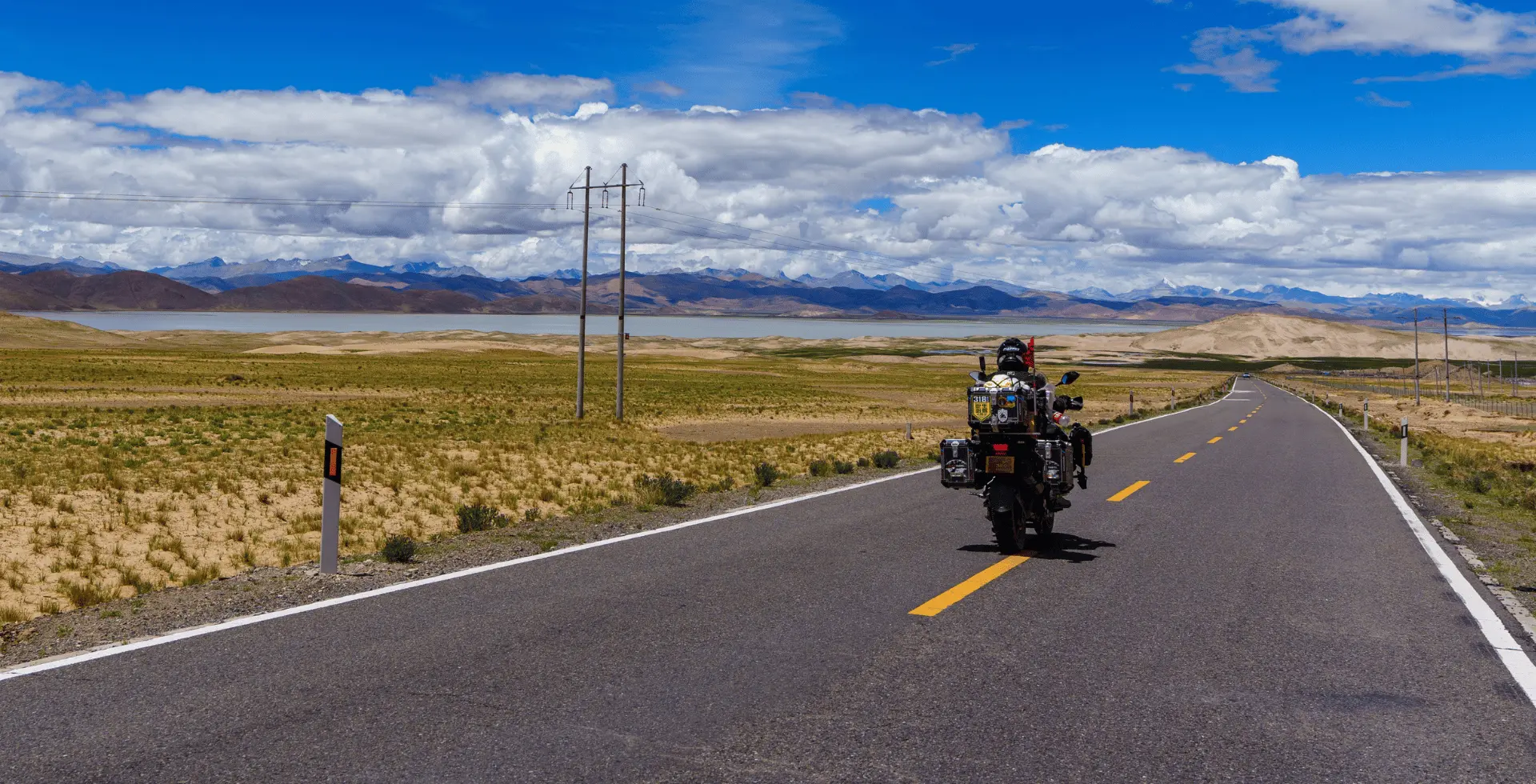
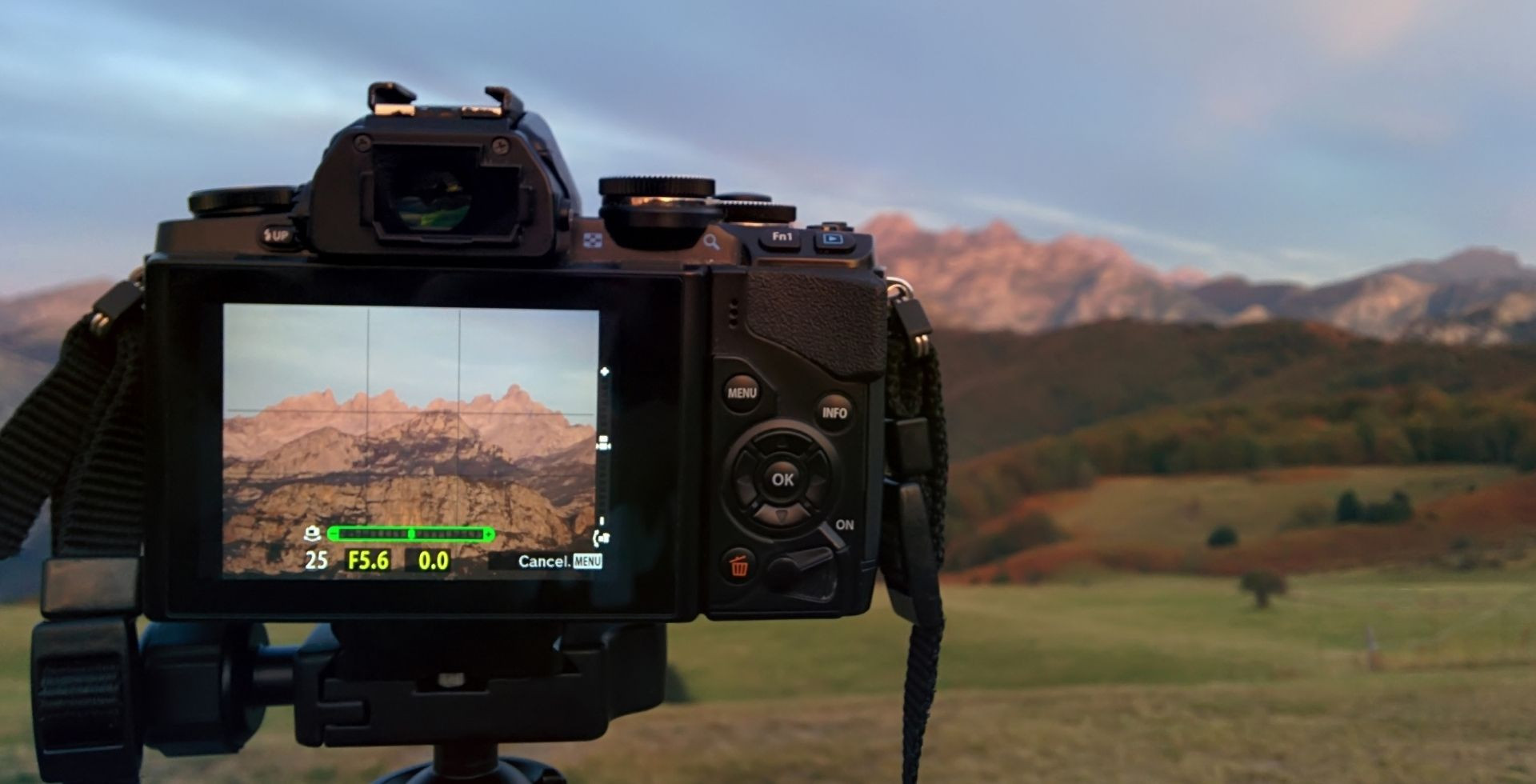
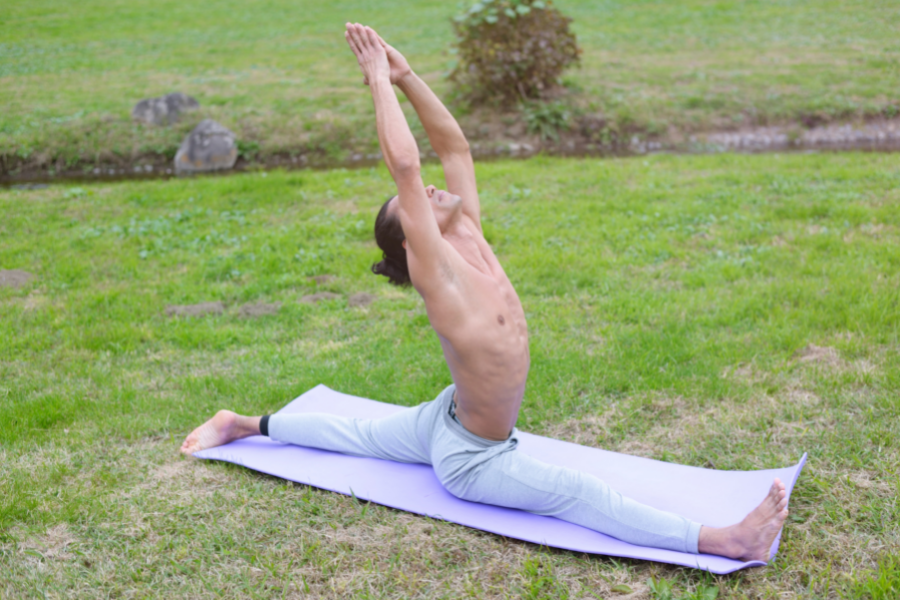
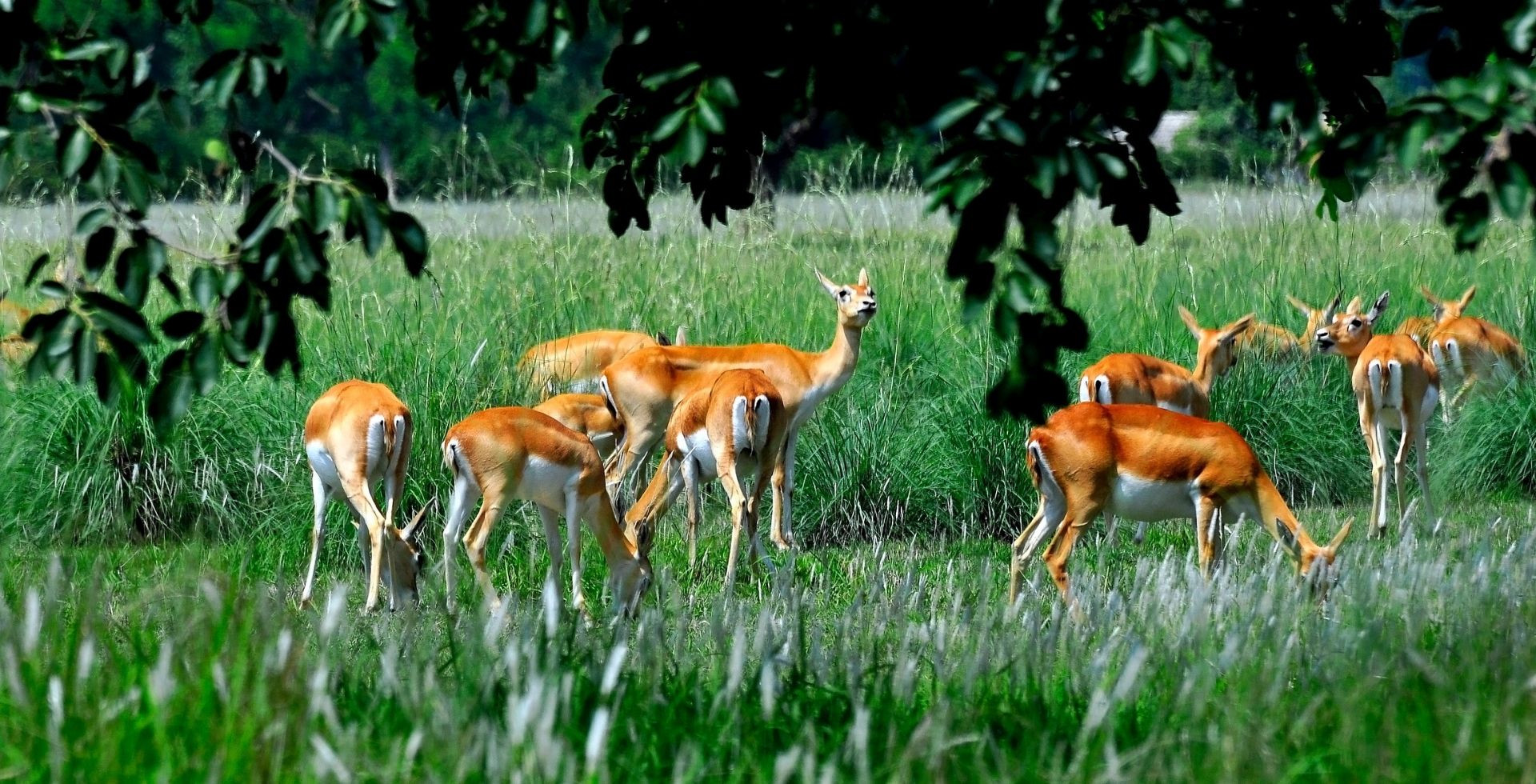
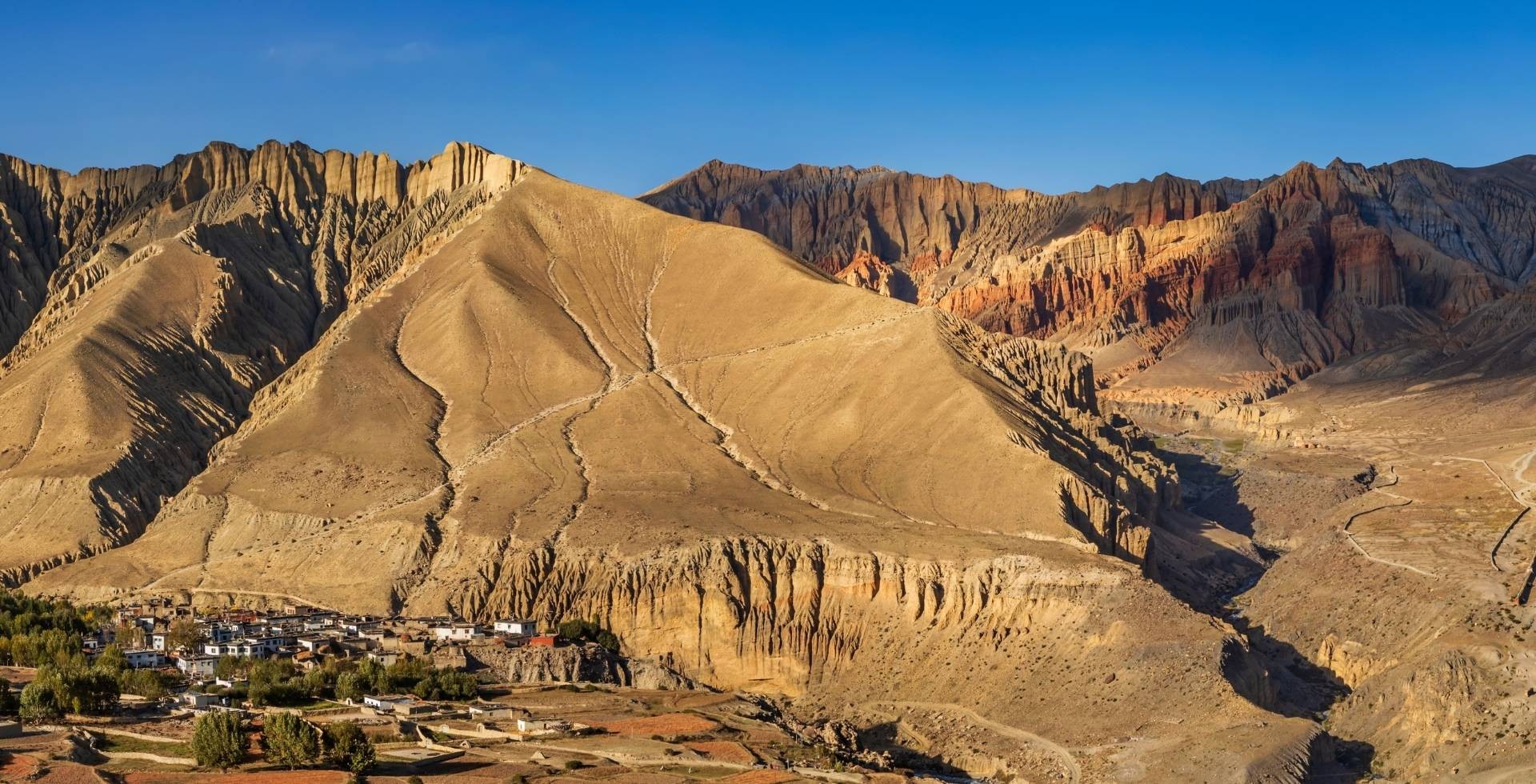

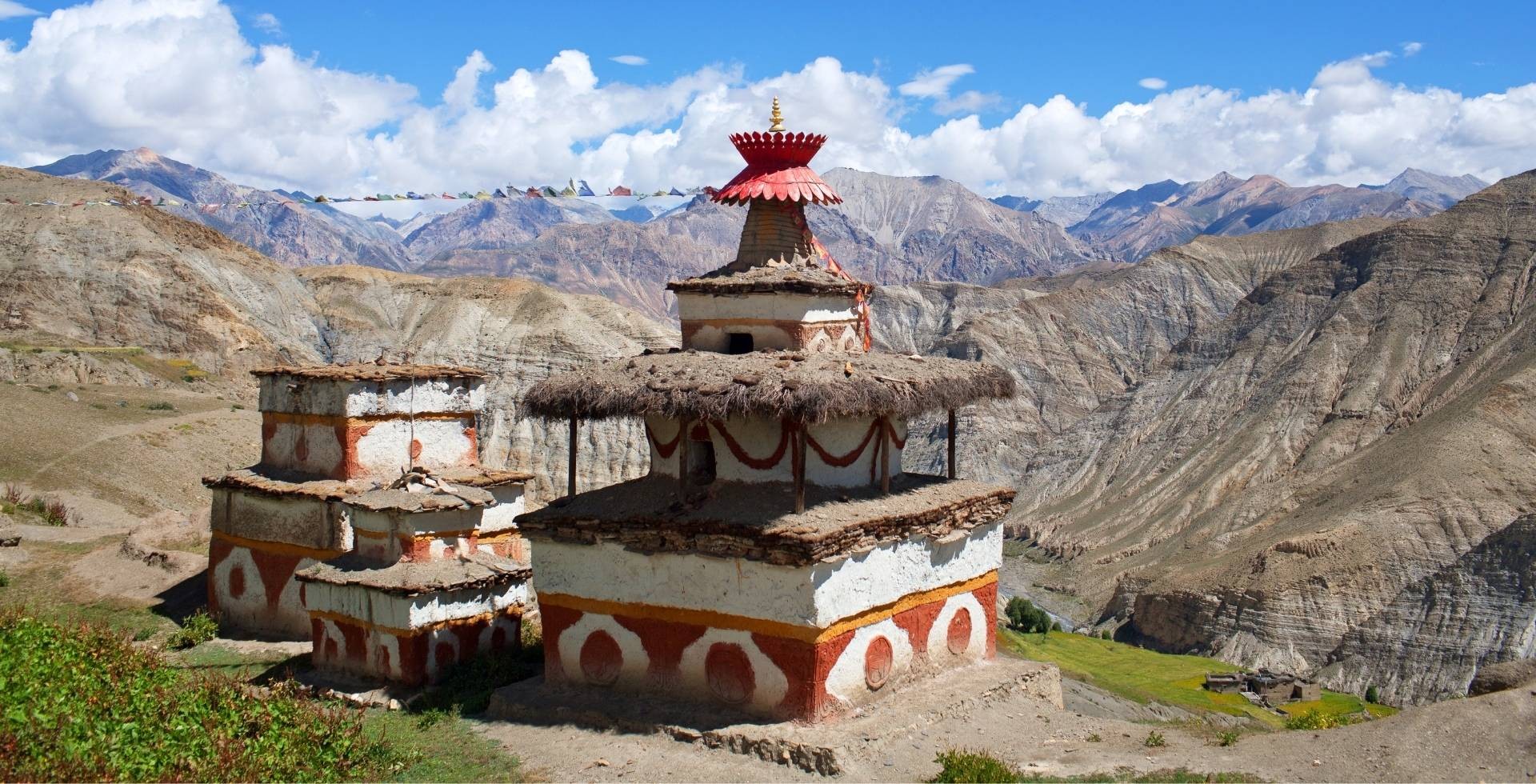
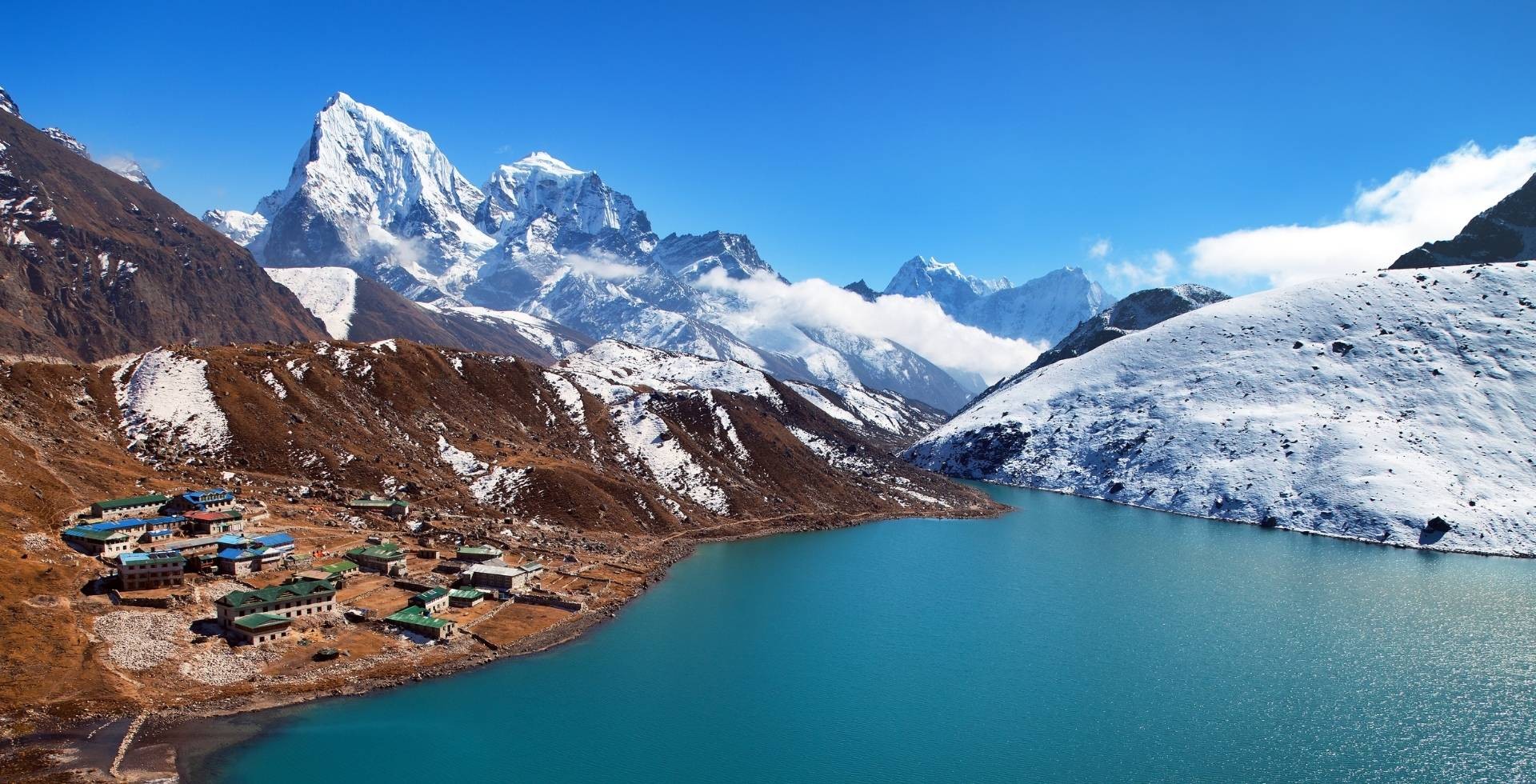

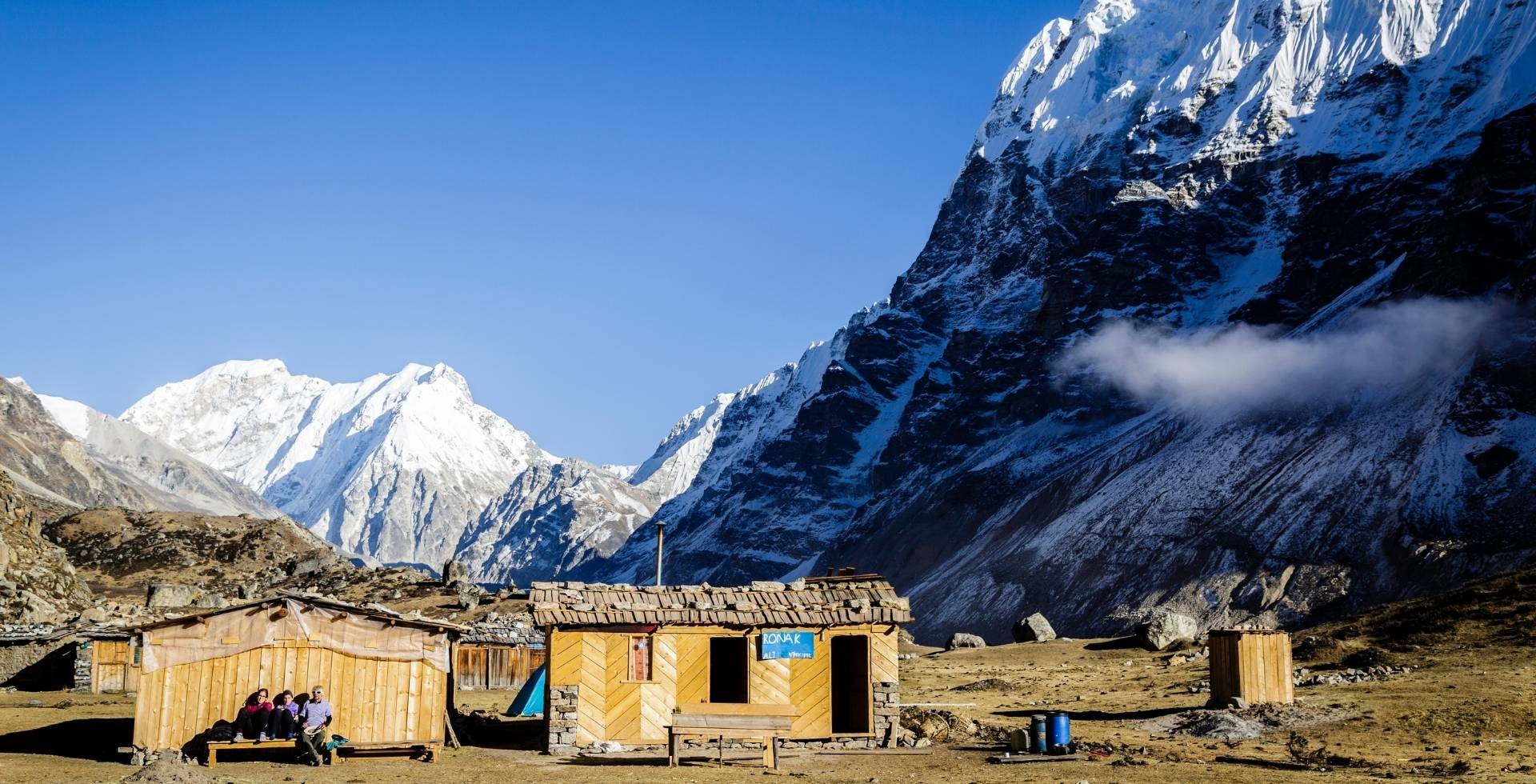
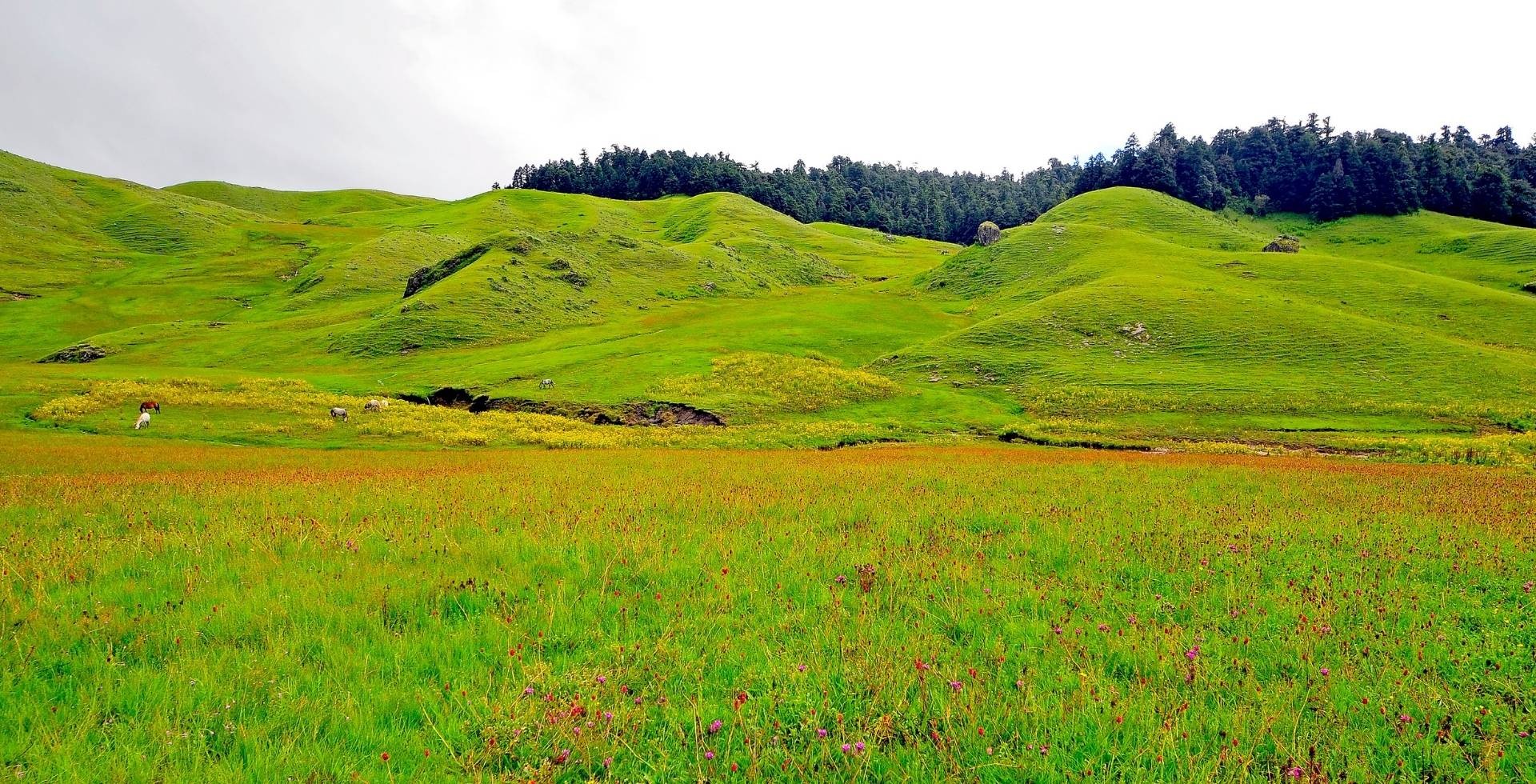
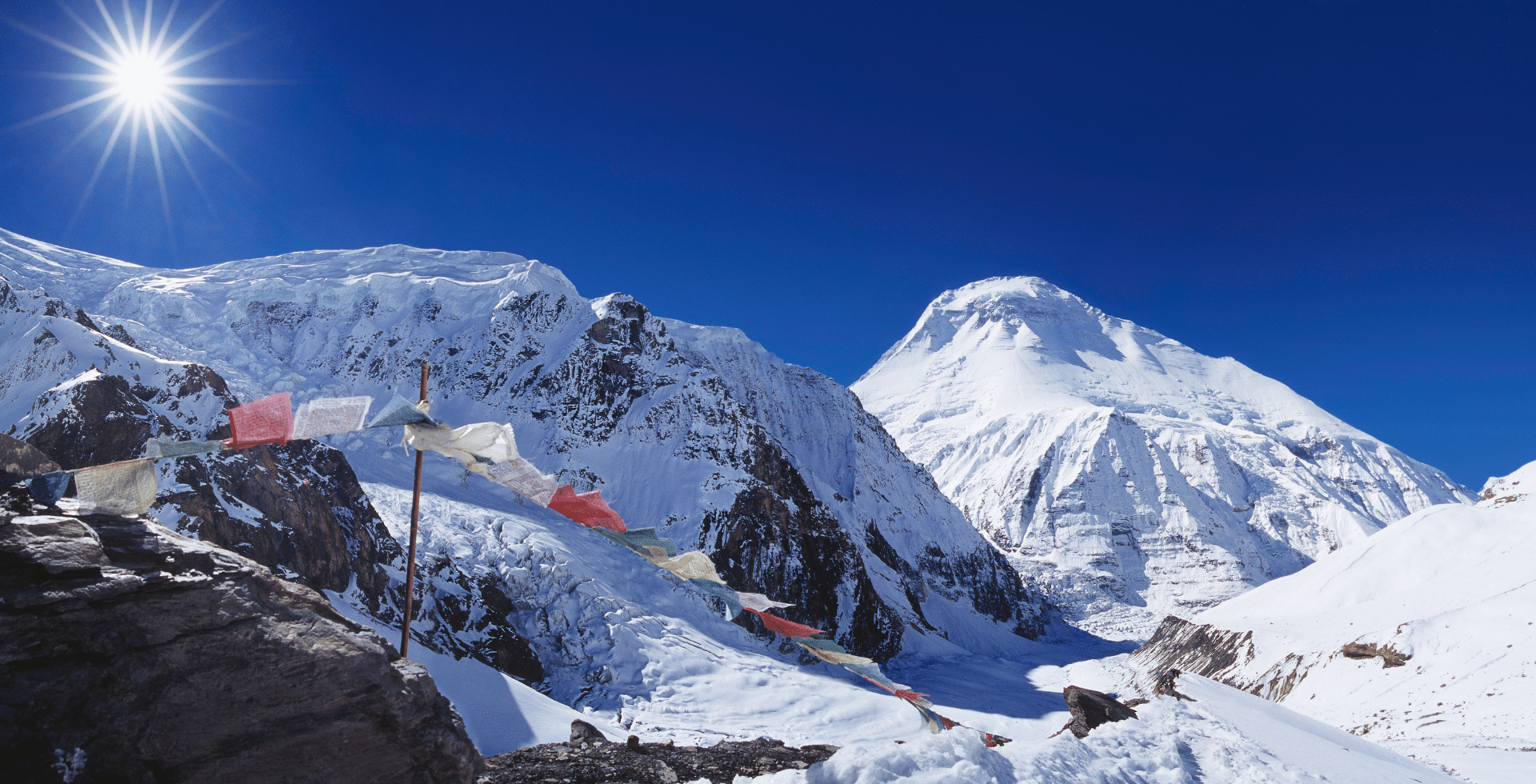
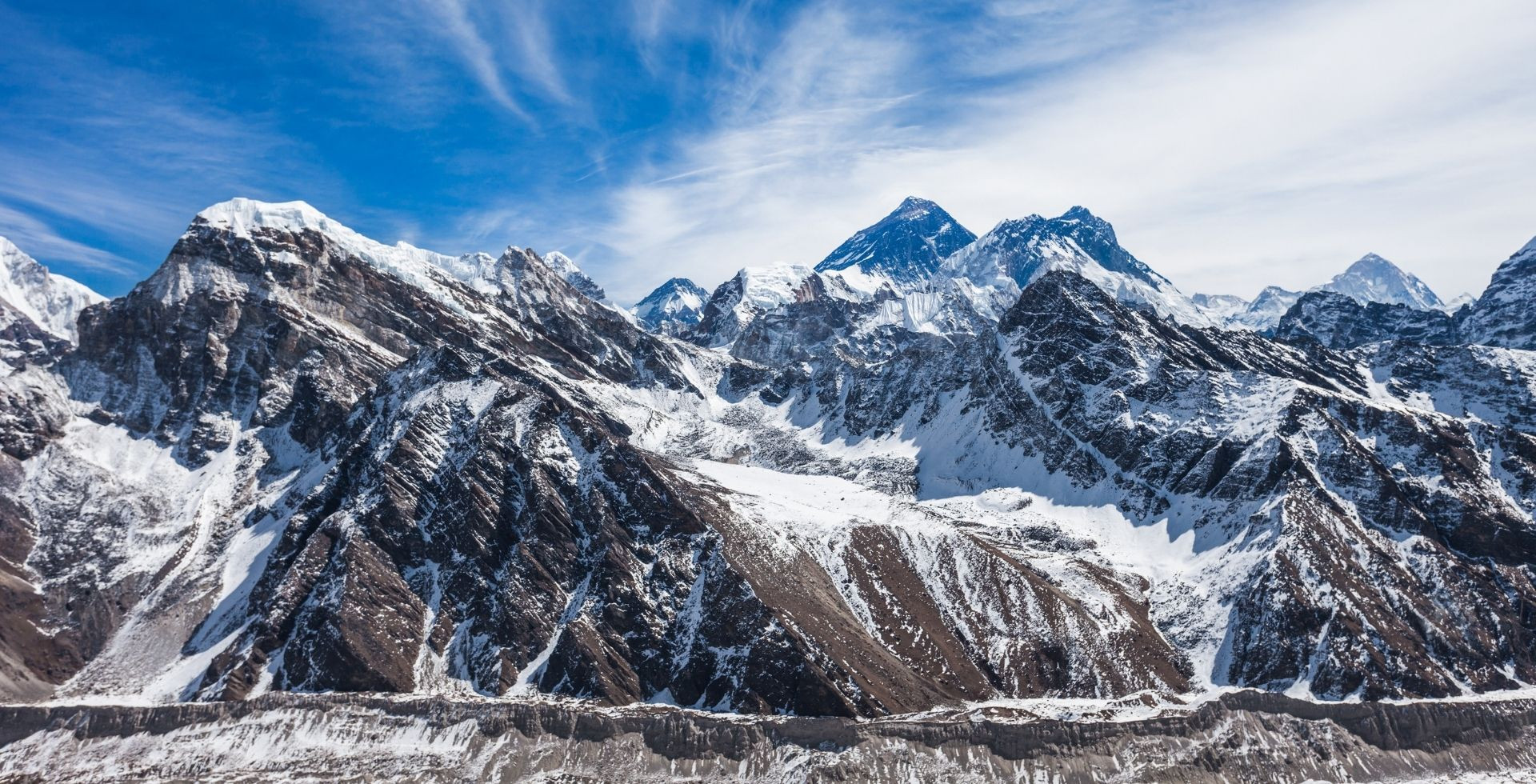
 Krisha Karki
Krisha Karki